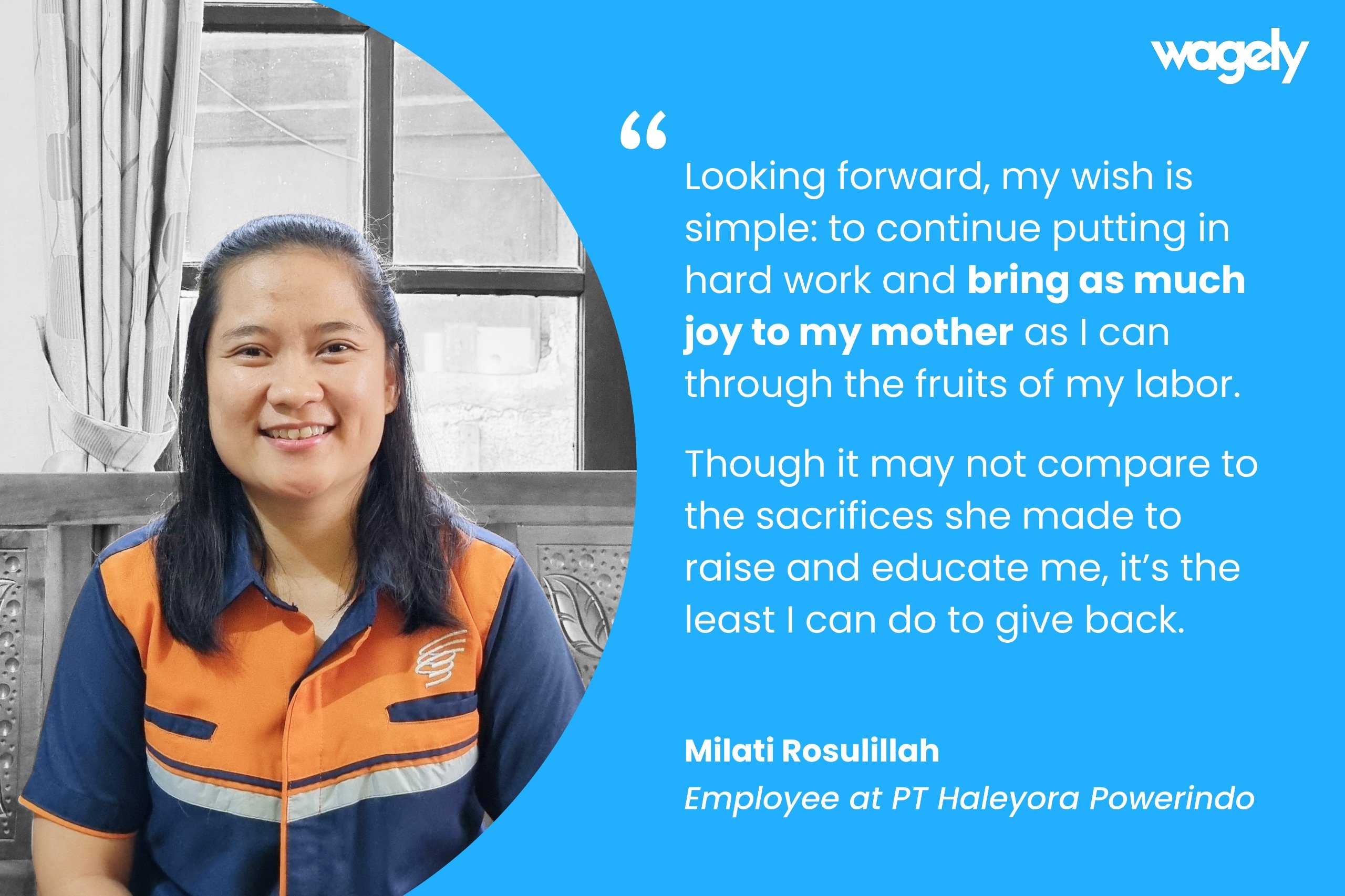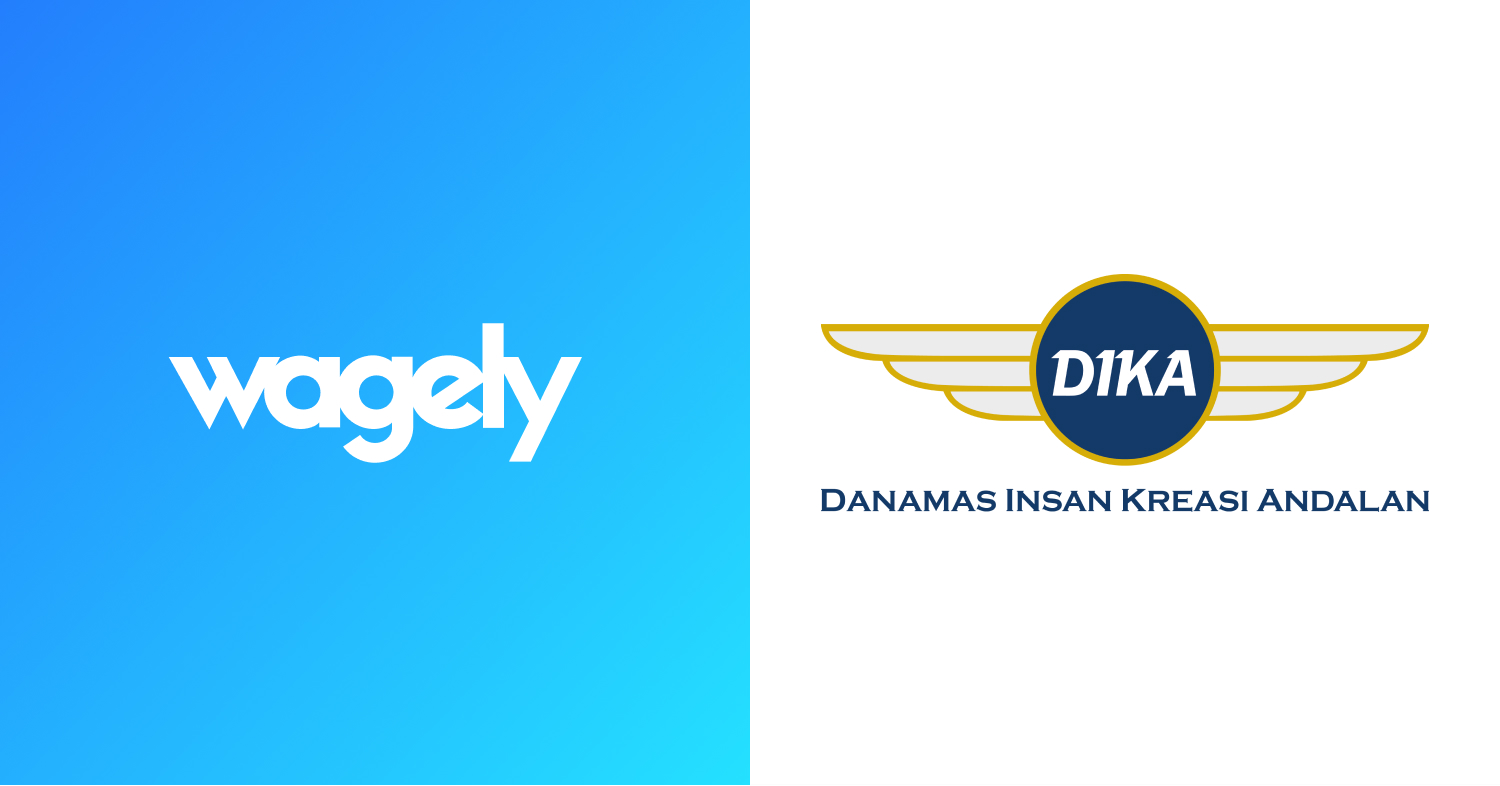Employers all around the world are facing the far-reaching consequences of the ongoing COVID-19 pandemic – perhaps one of the most profound being the impact on workers’ and their well-being. Even before the pandemic, millions of lower- and middle-income workers in Indonesia struggled with emergency savings to cover for unexpected expenses and basic needs. These challenges have only been exhilarated by potential loss of income and higher employee stress driving employees to focus more on their financial issues instead of their jobs.
COVID-19 has acted as a catalyst to existing longstanding financial issues with a profound impact on businesses and their employees.
Considering this development, employee financial wellbeing will become an even more important topic in the future to create a healthy workforce for a healthy business. The COVID-19 crisis offers an opportunity for employers to recognise how important it is to double down on their employees’ well-being and that of their organizations by helping their employees build resilience around their own finances.
With this post, we will explore three ways on how employers can tackle the issue of financial stress head on and address financial insecurity that has been driven by the ongoing pandemic.
Step 1: Know your employees and their financial struggles
Before jumping into action, employers need to assess their workforces’ financial situation. Given that more than 30% of employees admitting to being less productive at work due to financial stress, it is critical that employers take action to support their employees’ financial security by addressing the issues that really matter. Through anonymous surveys or other financial wellness assessments, employers can gain insight into what support their employees may need. Bottom line: A deep understanding of your workforce will help you determine what suite of tools will be most beneficial.
Step 2: Select the right toolset to address your employees‘ financial needs
There is no silver bullet to address all employee financial needs. For example, many employees are struggling with unexpected or emergency expenses due to a variety of reasons including low savings. For these employees, a salary on-demand service that gives access to a portion of their already earned salary prior to payday can help them cover an expense without having to turn to payday loans, short term credit or overdraft.
And we know that low savings is a significant challenge for many households in Indonesia: Frequent overspending and crippling debt as well as low financial literacy impacts the ability to save and build financial resilience for the future. A survey conducted by the OECD in June 2020 found that 80% of Indonesians do not have enough emergency funds to cover for more than one month in the case that their main source of income is taken away. With stagnant incomes, rising costs of living, and a lack of savings, Indonesians are under a lot of pressure to stay afloat financially. Employers should consider strategies that prioritise emergency savings as part of their approach to financial security.
A lack of emergency savings increases reliance on solutions such as P2P-Loans, overdraft, and Kasbon, all of which increase debt and carry burdensome price tags.
Step 3: Keep it simple but effective
Even the best tools that offer the greatest benefit will not help your employees if they do not know how to use them. Considering the financial literacy of the lower- and middle-income class in Indonesia, the proposed financial tools need to be readily accessible and easy to use. For example, with salary on-demand services, a simple registration process and instant disbursement is essential to providing the greatest benefit to employees in need. This is particularly true for employers who want to encourage wide adoption and the greatest possible benefit.
A focused approach to employees' most urgent financial needs
COVID-19 has acted as a catalyst to existing longstanding financial issues with a profound impact on businesses and their employees. Employers need to understand the challenges that their workers are facing to and develop a well-balanced, holistic approach to tackle employee financial vulnerability. By choosing the right tools that are easy to use, and open for all, employers can support their employees on their path to better financial health.
About wagely
Businesses that partner with wagely see significant cost reductions through increased productivity, engagement and employee retention. Employees love wagely because it eliminates the need for payday loans, bank overdrafts and other fees, which protects them from falling into debt traps.
wagely is designed to help each and every user achieve financial resilience and wellness. Implemented in companies nationwide, wagely serves thousands of employees and industries across the board — restaurants, factories, hospitals, retail stores, and many more.
If you’re interested in learning more about how you can help your workforce gain financial resilience, reach out to wagely at hello@wagely.app, and visit www.wagely.app. for further information and resources.




